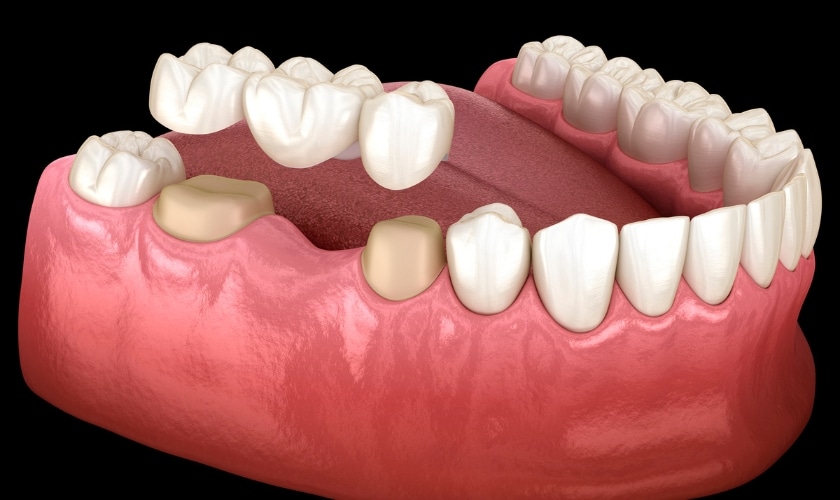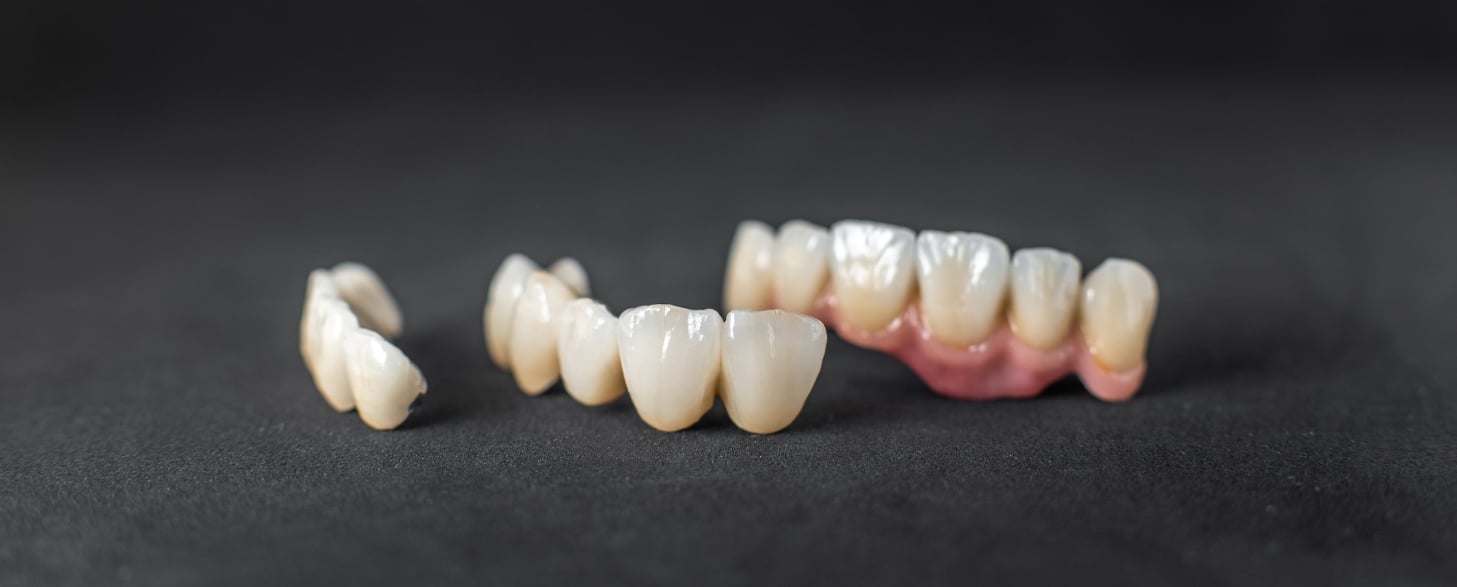What Should We Do If A Dental Bridge Falls Out
San Antonio, TX

Have you ever experienced the panic-inducing moment when your dental bridge unexpectedly falls out? We’ve all been there, desperately searching for answers on what to do next. Well, fear not! In this blog post, we’ll guide you through the steps you need to take if your dental bridge decides to go on an unexpected vacation. From quick fixes and emergency appointments to understanding long-term solutions, we’ve got you covered. So, let us help you navigate this temporary setback with ease.
Reasons for a Dental Bridge Falling Out
A dental bridge is a valuable tool in restoring your smile and oral health. However, there are several reasons why it may come loose or fall out.
Poor Oral Hygiene: One common cause is poor oral hygiene. If you neglect proper brushing and flossing, bacteria can accumulate around the supporting teeth, leading to decay and weakening of the bridge’s foundation.
Improper Fit: Another reason for a dental bridge falling out is an improper fit. It could be due to faulty fabrication or inadequate preparation of the abutment teeth. When these teeth are not properly shaped or if the measurements are incorrect, it can compromise the stability of the bridge.
Unpleasant Situations: Additionally, trauma to the mouth can result in a dislodged dental bridge. Accidents such as falls or blows to the face can cause damage to both natural teeth and bridges alike.
Giving Extra Forces: Excessive forces on your dental bridge from activities like chewing hard foods or grinding your teeth (bruxism) can also contribute to its failure over time.
Gum Disease: Underlying gum disease can weaken the support structure for your dental bridge by affecting bone density and gum tissue attachment.
Steps to Take If Your Dental Bridge Falls Out
If you find yourself in the unfortunate situation where your dental bridge falls out, there are a few steps you should take to address the issue promptly.
Stay Calm: A dislodged dental bridge can be alarming, but staying calm is essential. Panicking may lead to hasty decisions that could exacerbate the situation.
Assess Discomfort Levels: Take a moment to assess any discomfort associated with the dislodged bridge. This evaluation provides useful information for the dentist.
Emergency Dental Kit: Having a dental emergency kit with temporary dental cement at home allows for quick temporary fixes before professional assistance.
Retrieve the Bridge: If possible, retrieve the fallen bridge. Handle it gently, avoiding unnecessary stress on the structure.
Document the Condition: Take note of any damage to the bridge and its components. Providing this information to the dentist aids in the assessment and repair process.
Keep the Area Clean: Rinse the affected area gently with lukewarm water to remove any debris. Maintaining cleanliness is crucial until professional help is sought.
Rinse Thoroughly: Rinse the bridge and the affected area with lukewarm water. This helps remove debris and ensures cleanliness before attempting to reposition it.
Keep Hydration Levels: Staying hydrated supports overall oral health. Adequate hydration aids in preventing dry mouth, which can impact the longevity of dental restorations.
Avoid Self-Repair Attempts: While temporary measures are acceptable, avoid attempting extensive repairs at home. This can lead to complications and hinder professional restoration.
Examine for Damage: Carefully inspect the bridge for damage. If any part is broken or if there are visible issues, consult with a dentist for further evaluation.
Detailed Documentation: Provide the dentist with detailed information about the condition of the bridge. Clear documentation facilitates a more accurate diagnosis.
Assess Supporting Teeth: Alongside examining the bridge, assess the condition of the supporting teeth. Identifying any issues with these teeth is crucial for long-term stability.
Preventing Future Incidents: Tips for Bridge Maintenance
Once your bridge is restored, it’s crucial to implement preventive measures to avoid future incidents. These may include:
Regular Dental Check-ups: Schedule regular dental check-ups to monitor the condition of your dental bridge and address any issues promptly.
Oral Hygiene Practices: Maintain good oral hygiene by brushing, flossing, and using an antiseptic mouthwash to prevent issues with the abutment teeth.
Avoiding Chewing on Hard Foods: Minimize the risk of damaging your dental bridge by avoiding chewing on hard foods or objects.
If your dental bridge does happen to fall out, it is important to remain calm and take the necessary steps to ensure your oral health. Contact your dentist immediately and follow any temporary measures they may suggest until you can have the bridge properly re-cemented. Remember always to practice good oral hygiene and schedule regular check-ups with your dentist to prevent any further complications with your dental bridge or overall oral health. With proper care and maintenance, a well-fitted dental bridge can serve as a long-term solution for missing teeth.





